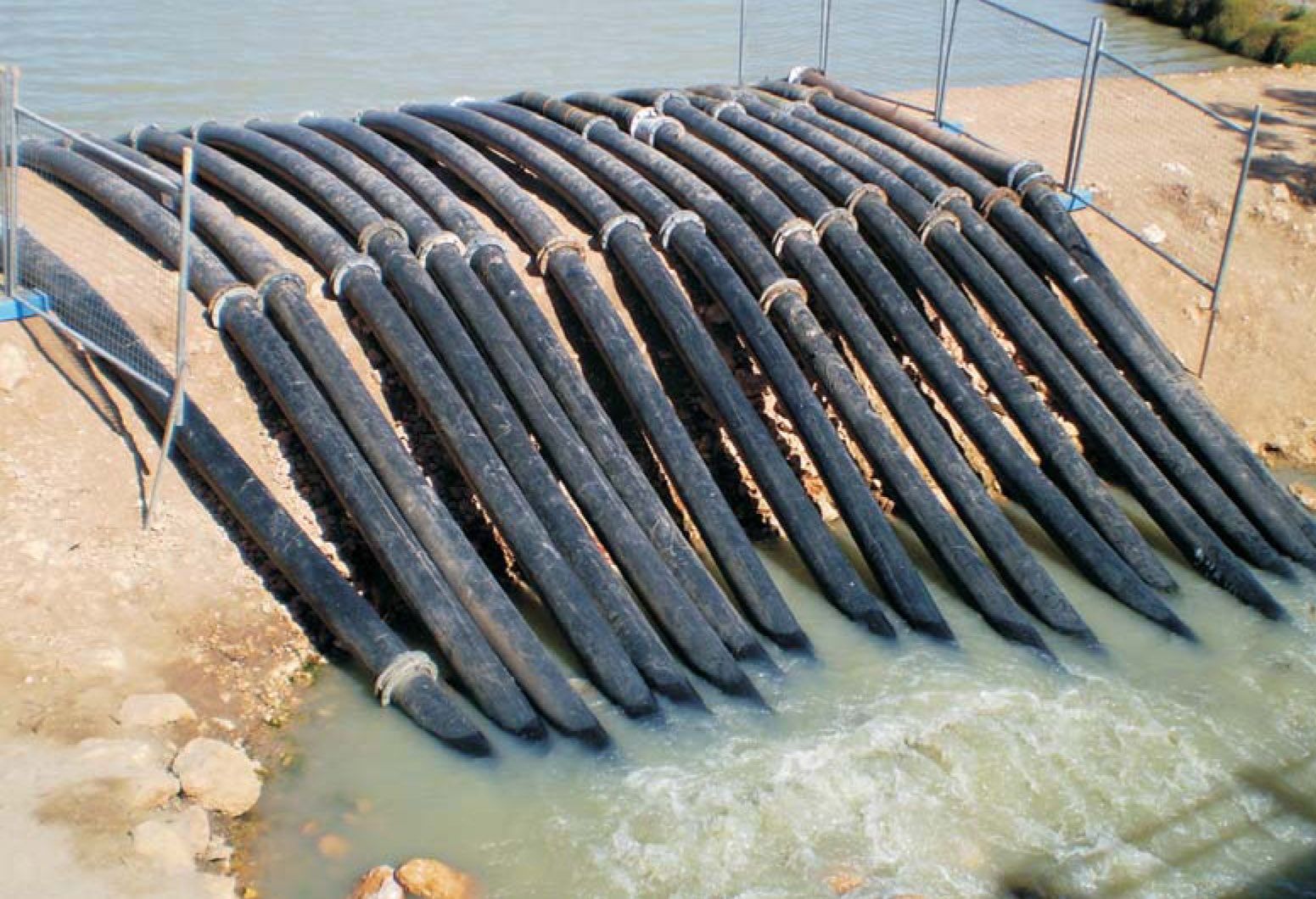Physicist uncovers dictionary error
DOI: 10.1063/1.3480069
Do you know how a siphon works? If your source was a dictionary, you probably have it wrong. Now though, prompted by physicist Stephen Hughes of Queensland University of Technology in Brisbane, Australia, the Oxford English Dictionary (OED), for one, plans to revise its definition of siphon.
Hughes was visiting family in South Australia a couple of years ago when he heard about an effort to resuscitate a lake by siphoning water into it. Over the course of 50 days some 10 billion liters of water—with fish—flowed into the lake through 18 pipes 28 centimeters in diameter, raising the water level by about two-thirds of a meter, or close to half of what had been lost via evaporation during a drought. “Most people are familiar with getting petrol out of a car or emptying a fish tank. But this was on an epic scale,” says Hughes, who, after visiting the site, set about performing experiments and writing an educational paper on siphoning.
In the process, Hughes noticed that the OED defined a siphon as “a pipe … bent so that one leg is longer than the other, and used for drawing off liquids by means of atmospheric pressure, which forces the liquid up the shorter leg and over the bend in the pipe.” Hughes was “stunned that there was no mention whatsoever of gravity.” Flow in a siphon is driven by the hydrostatic pressure difference due to the greater weight of the liquid in the longer leg. Further searching turned up many dictionaries with the same misconception, and only one, the Oxford Dictionary of English, that had it right, says Hughes. His paper, which aims to set the record straight, was published in Physics Education this past spring.
The 99-year-old OED definition reflects “accepted science” from its time, says Alan Hughes, an OED associate editor (not related to the physicist) who deals with scientific terms and maintains that scientists still dispute how a siphon works. A provisional revised definition slated to be published later this year “will just say what [a siphon] is and what it does,” he says. A note in smaller type will refer to two possibilities for how a siphon works. “While scientists are disagreeing, I think we shouldn’t commit ourselves to one particular method,” says Hughes.
“When something gets into the newspapers worldwide,” says the OED’s Hughes, “we do take note of it. It would be embarrassing to keep the 1911 definition when a number of scientists say it is wrong.” The second edition of the OED, published in 1989, is currently being reviewed, he adds. “We are at the end of the letter r, having started at m.” Completing the revision could take another 20 or 30 years. “That’s the advantage of having an online version of the dictionary. We publish a further chunk of revised text every three months.” Because of the public interest, he says, “‘siphon’ will be among the definitions we revise out of sequence.”

Siphoning 10 billion liters of water from the Murray River saved South Australia’s Lake Bonney (lower channel) from drying up.
STEPHEN HUGHES

More about the Authors
Toni Feder. American Center for Physics, One Physics Ellipse, College Park, Maryland 20740-3842, US . tfeder@aip.org

